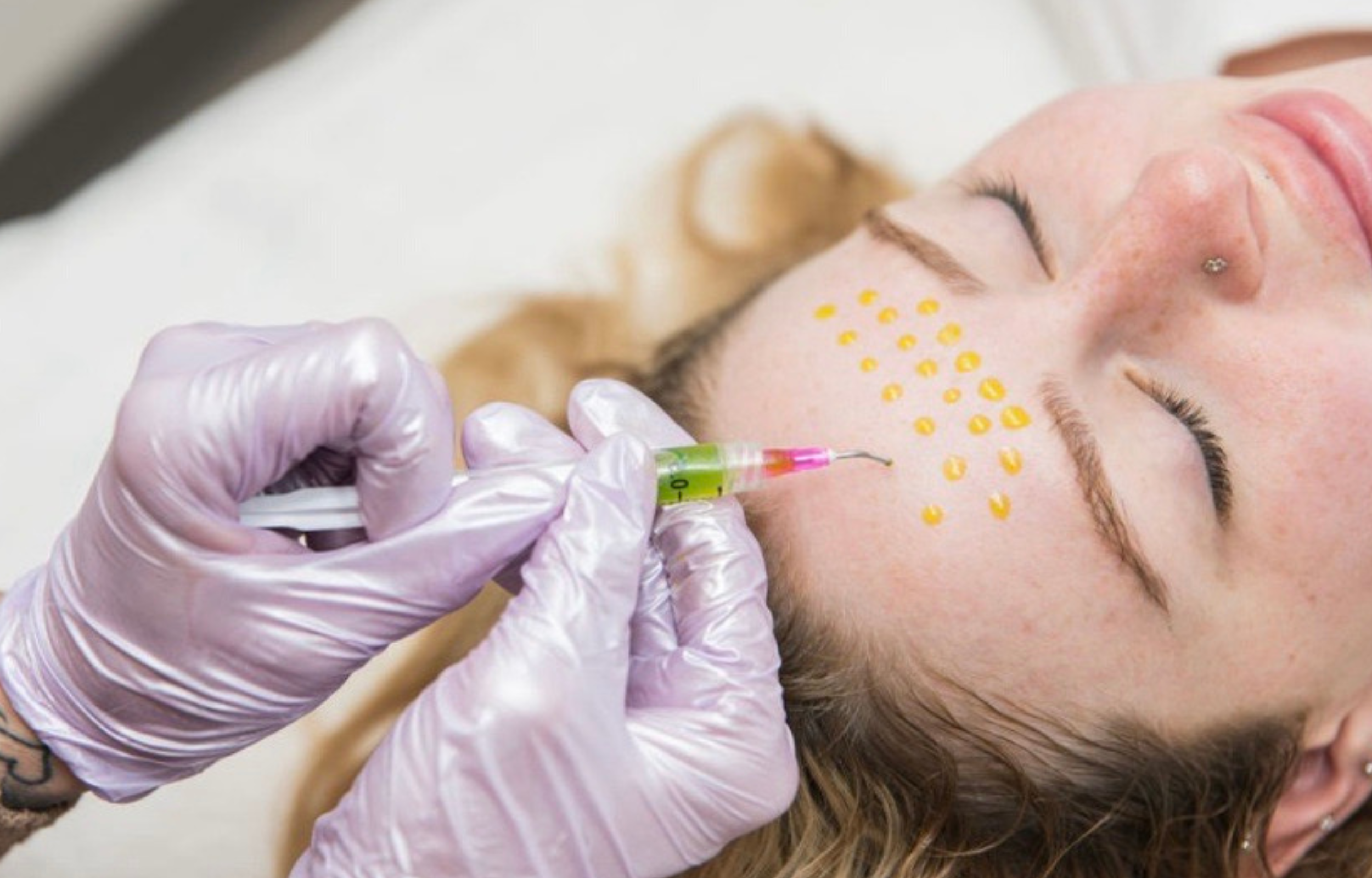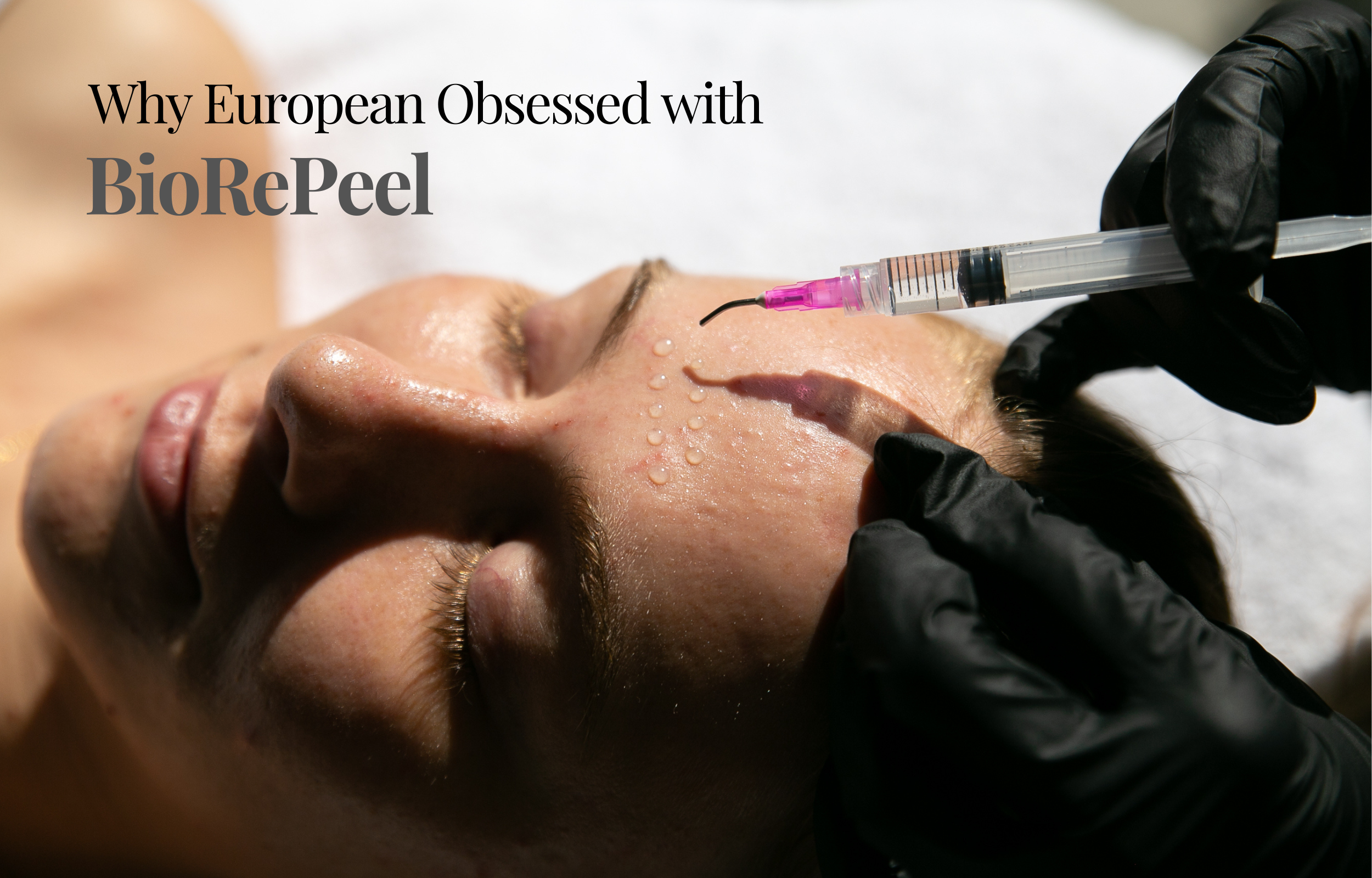How to Know If Your Pores Are Clogged?
Pores are small openings on the skin’s surface that connect to oil (sebaceous) and sweat glands, playing a vital role in maintaining skin hydration and temperature regulation. When these pores become blocked by a combination of sebum, dead skin cells, dirt, or makeup, they are referred to as clogged pores. This condition is a common skin concern, particularly among teenagers and individuals with oily skin, though it can affect anyone. Clogged pores are a primary cause of acne, ranging from mild forms like blackheads to severe conditions like cystic acne. Recognizing the signs of clogged pores is essential for timely intervention and maintaining healthy skin. This report focuses on how to identify clogged pores, providing clear guidance for individuals seeking to assess their skin health.
Signs and Symptoms of Clogged Pores
The most reliable way to determine if your pores are clogged is to observe specific visual and tactile signs on your skin. These signs can be categorized into non-inflammatory and inflammatory manifestations, as outlined below:
| Sign | Description | Common Locations |
|---|---|---|
| Blackheads | Small, dark spots (black or dark brown) caused by oxidized sebum and dead skin cells in an open pore (open comedo). | Nose, forehead, chin, back, chest |
| Whiteheads | Small, white or flesh-colored bumps where a closed pore traps sebum and dead skin cells (closed comedo). | Face, neck, back, chest |
| Pimples/Papules | Red, swollen bumps resulting from inflammation of clogged pores. | Face, back, chest |
| Pustules | Pimples containing pus, indicating further inflammation. | Face, back, chest |
| Nodules | Deep, painful bumps caused by severe clogging and inflammation. | Face, back |
| Cysts | Nodules with pus, which can lead to scarring (cystic acne). | Face, back |
Non-Inflammatory Signs
Blackheads Vs Whiteheads
Blackheads: Also known as open comedones, blackheads appear as small, dark spots due to the oxidation of sebum and dead skin cells when exposed to air. They are typically flat or slightly raised and are most common in the T-zone (forehead, nose, chin), where oil glands are more active. A very large blackhead may be a dilated pore of Winer, appearing as a noticeable opening filled with a blue or black substance.
Whiteheads: Known as closed comedones, whiteheads are small, raised bumps that are white or flesh-colored. They occur when a pore is completely blocked, trapping material beneath a thin layer of skin. These are often painless and can appear anywhere on the face or body.
Inflammatory Signs
When clogged pores become inflamed, often due to bacterial activity, they can progress into more severe acne lesions:
Pimples (Papules): These are red, swollen bumps that may be tender to the touch, indicating inflammation within the clogged pore.
Pustules: Similar to pimples but containing pus, pustules are inflamed clogged pores with a visible white or yellow center.
Nodules and Cysts: These are deeper, more severe forms of clogged pores, causing significant pain and swelling. Cysts, which contain pus, can lead to acne scars if not properly managed.
Additional Indicators
While blackheads and whiteheads are the primary signs, other clues may suggest clogged pores:
Dull Skin: A buildup of dead skin cells can reduce skin radiance, making it appear lackluster.
Rough Texture: Clogged pores may cause the skin to feel bumpy or uneven, particularly in areas with high oil production.
Enlarged Pores: Pores filled with debris may appear larger, though enlarged pores can also result from genetics, aging, or skin damage, and are not always indicative of clogging.
Poor Product Absorption: Some individuals report that skincare products, such as toners or serums, do not absorb quickly when pores are clogged, though this is less definitive and may vary.
To identify these signs, examine your skin in good lighting, preferably with a magnifying mirror, focusing on areas prone to oiliness, such as the T-zone, back, or chest. Regular self-examination can help detect clogged pores early.
Related Blog: Acne: A Skin Condition That Can Be Managed, Not Blamed
Differentiating Clogged Pores from Other Skin Features
It’s crucial to distinguish clogged pores from similar-looking skin conditions to avoid unnecessary treatments:
Sebaceous Filaments: These are normal structures within pores that channel sebum to the skin’s surface. They appear as tiny, uniform gray or tan dots, primarily on the nose, and are lighter and more regular than blackheads. Unlike clogged pores, sebaceous filaments are a natural part of skin function and do not require removal.
Milia: These are small, white cysts filled with keratin, not sebum, and are harder than whiteheads. They are not clogged pores and often require professional extraction.
Enlarged Pores: Large pores may be mistaken for clogged pores but can be due to genetics, aging, or sun damage rather than blockages.
If you’re uncertain about what you’re observing, consulting a professional can provide a professional diagnosis, often through a visual examination and review of your medical history, as there is no specific test for clogged pores.
Causes of Clogged Pores
Understanding the causes of clogged pores can provide context for their identification:
Excess Sebum Production: Overactive oil glands, common in oily skin types or during hormonal changes (e.g., puberty, menstruation), can lead to pore blockages.
Dead Skin Cell Buildup: Irregular shedding of dead skin cells can accumulate in pores, particularly in dry or dehydrated skin.
Comedogenic Products: Skincare or makeup products containing pore-clogging ingredients (e.g., certain oils or waxes) can contribute to blockages. Always check product labels for “non-comedogenic” claims, though these are not regulated.
Environmental Factors: Humidity, pollution, or sweat left on the skin after exercise can exacerbate clogging.
Lifestyle Factors: Poor diet (high in sugar or processed foods), inadequate hydration, or sleeping in makeup can increase the likelihood of clogged pores.
Conclusion
Clogged pores are a common skin concern that can be identified by observing blackheads, whiteheads, or acne lesions such as pimples, pustules, nodules, or cysts. Additional signs like dull skin or rough texture may also suggest clogging, though these are less specific. By examining your skin in good lighting and understanding the difference between clogged pores and normal skin features like sebaceous filaments, you can accurately assess your skin’s condition. If you’re unsure or experience persistent issues, consulting a professional is recommended for a tailored approach to skin health.
Related Blog: Acne - The Truth About How to Treat Your Acne-Prone Skin
Watch on Instagram
Skin Bliss was voted the #1 Best Skincare Clinic in Helena in the 2025 Best of Helena Awards. Helena’s premier destination for personalized skin health solutions.


































